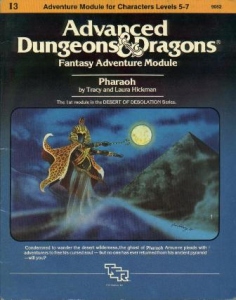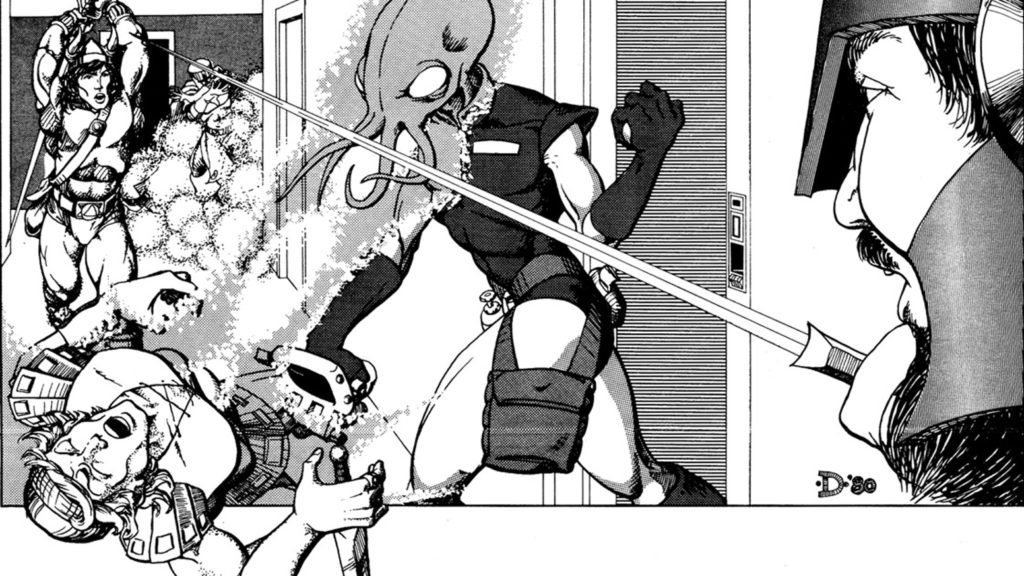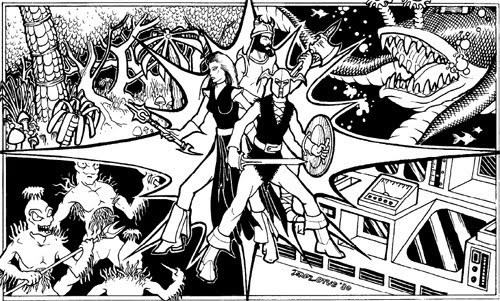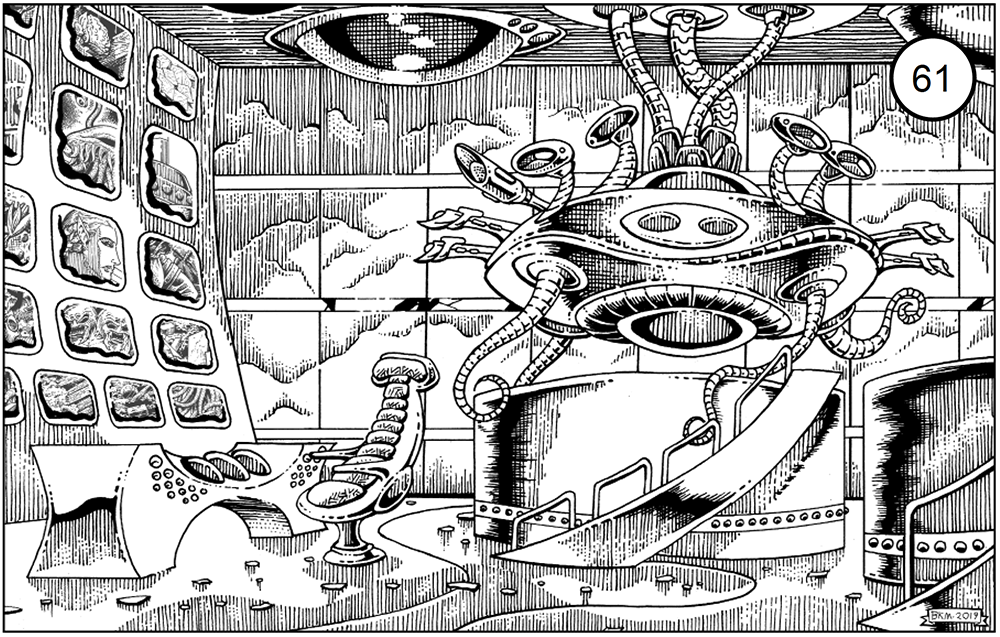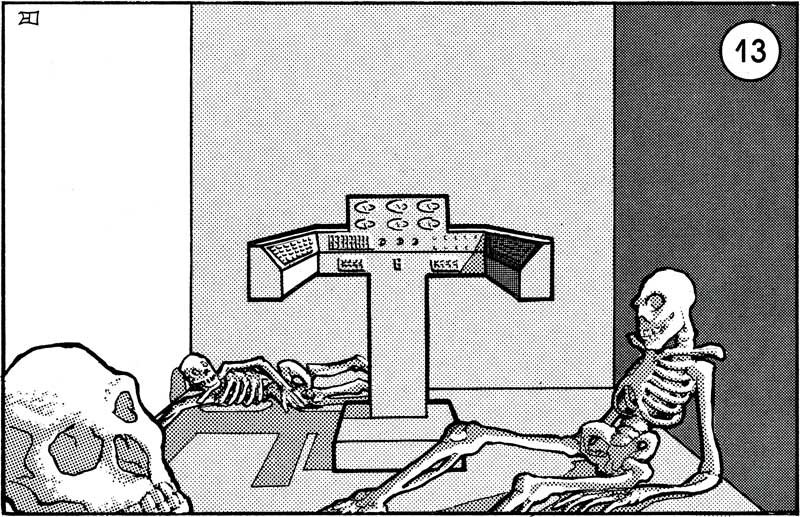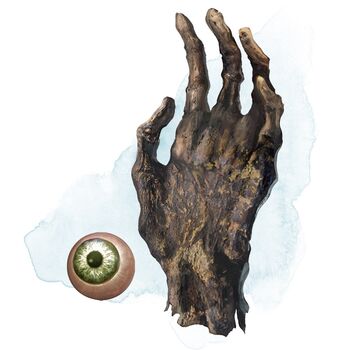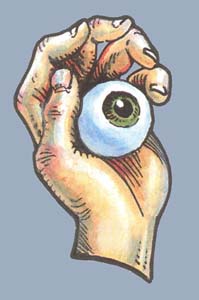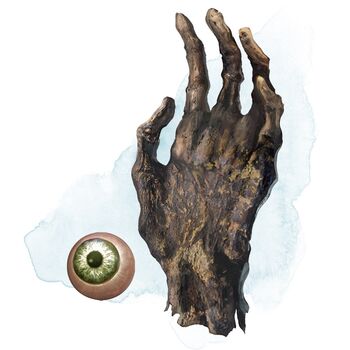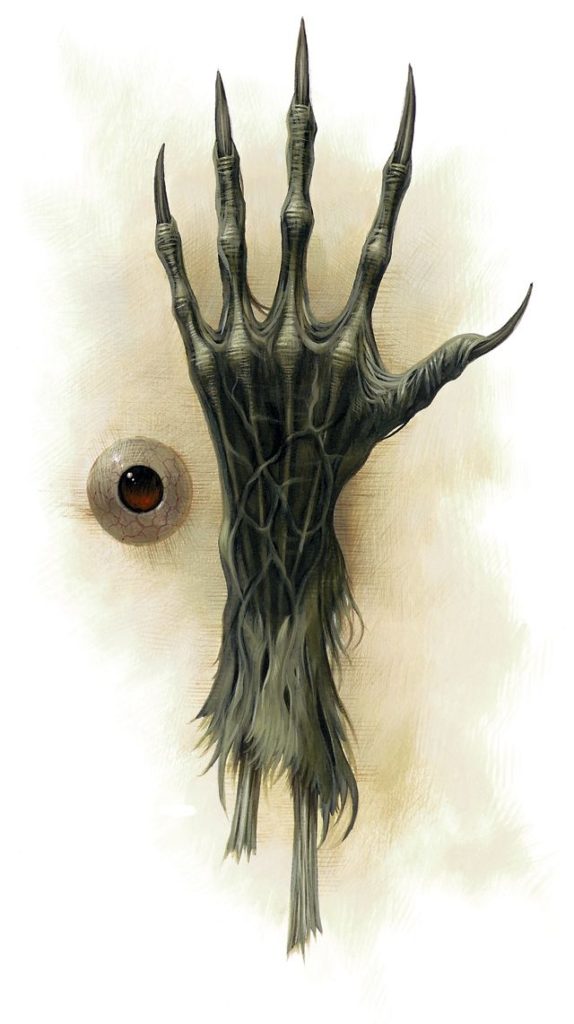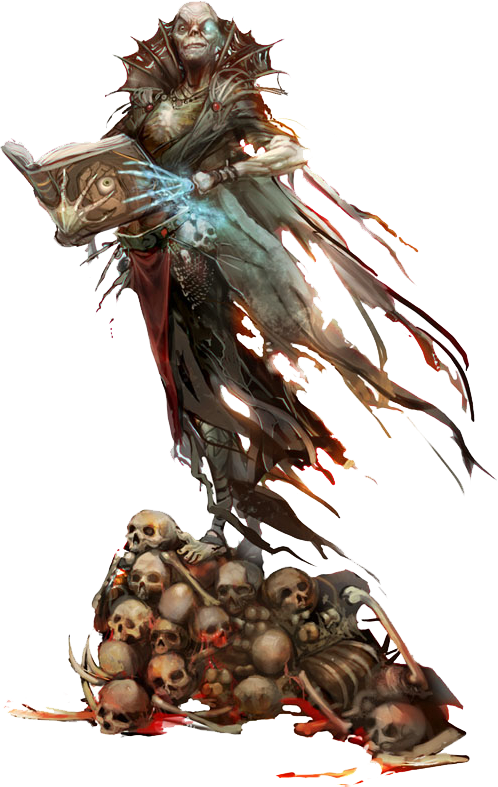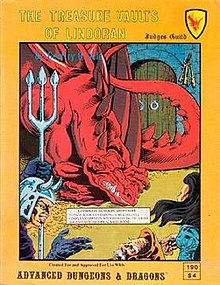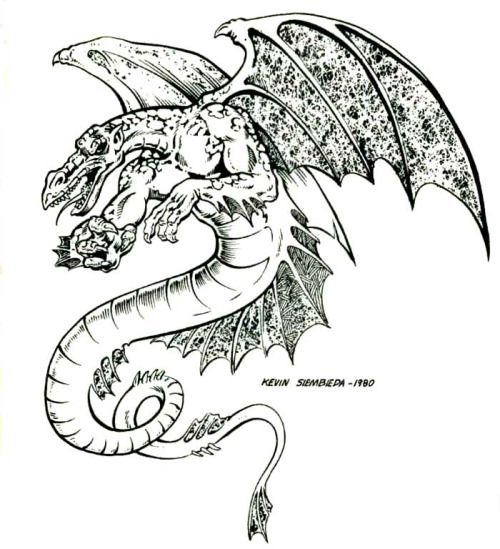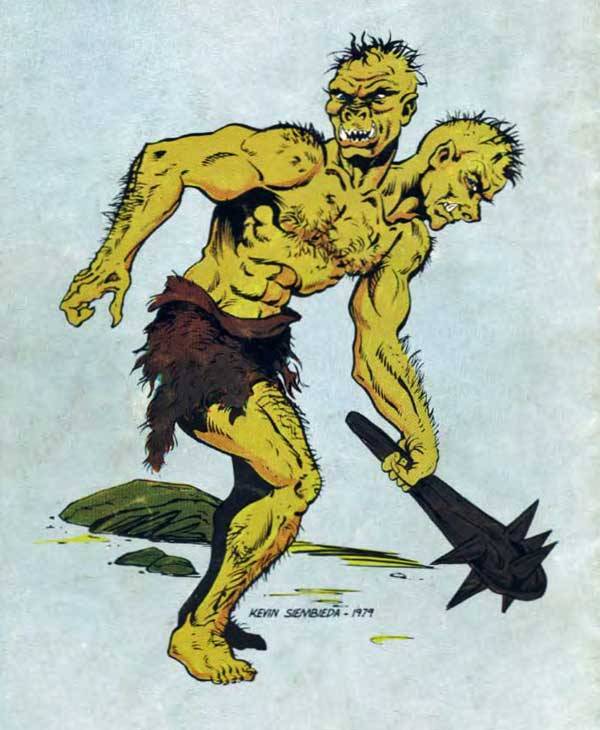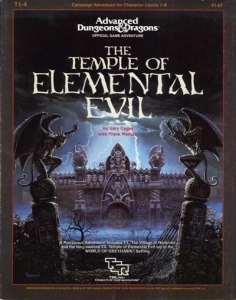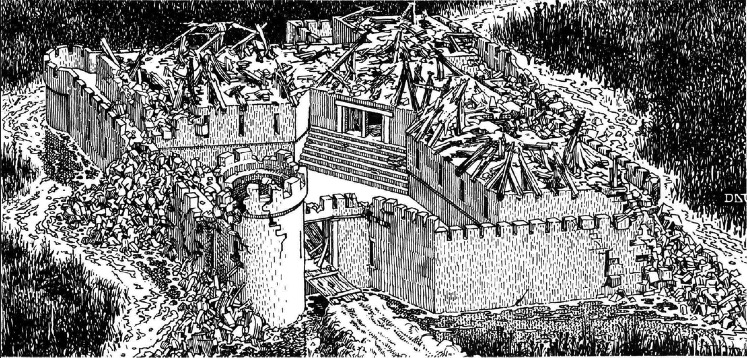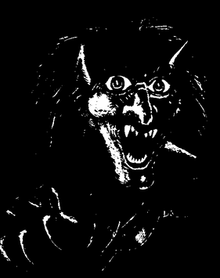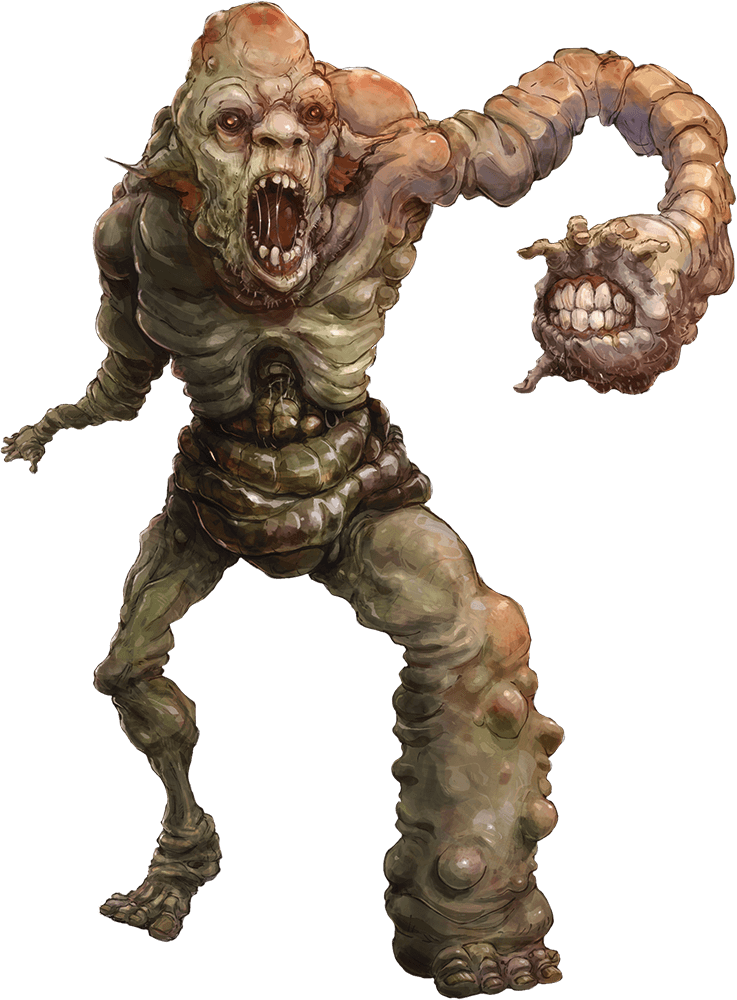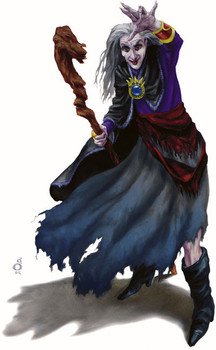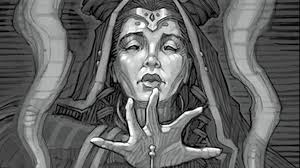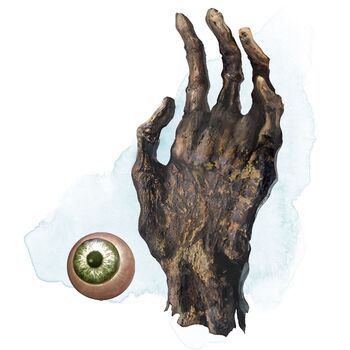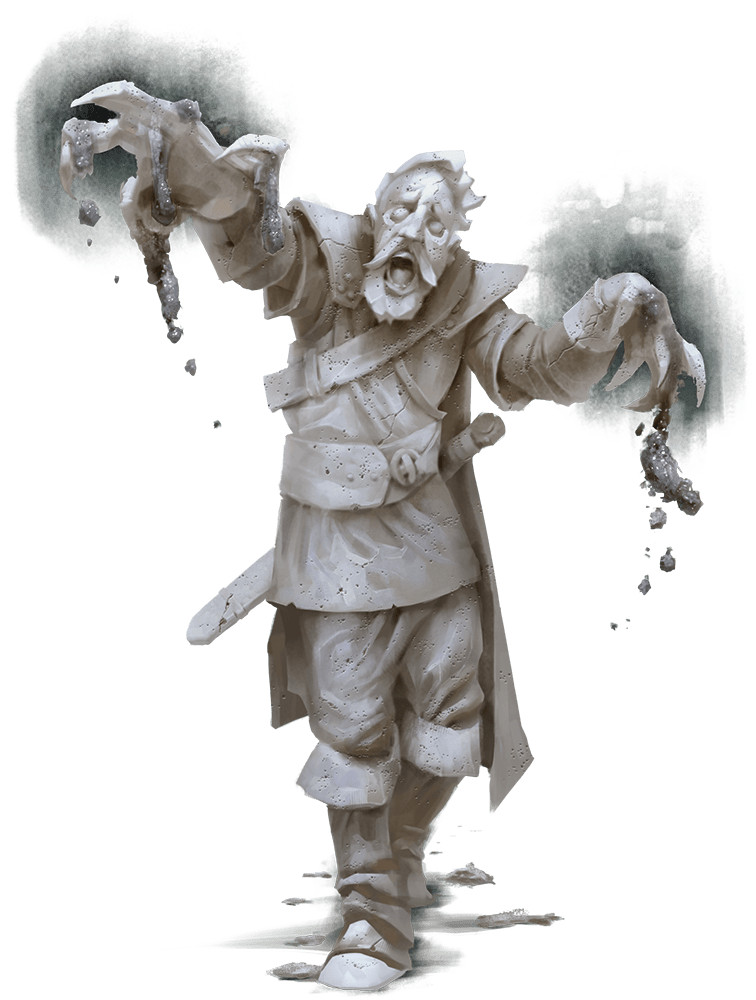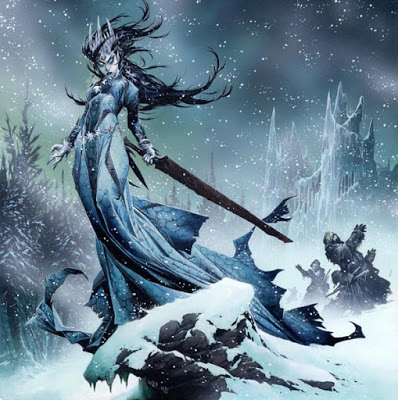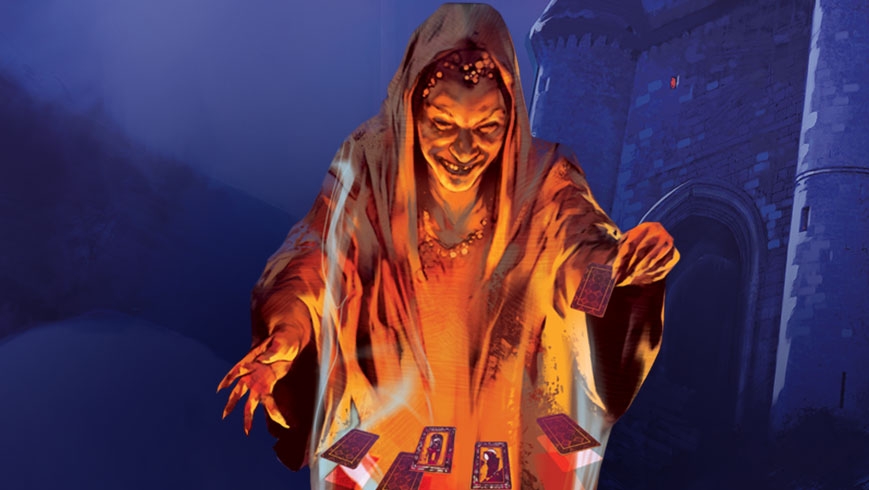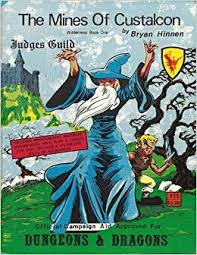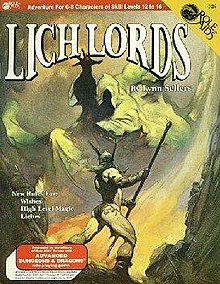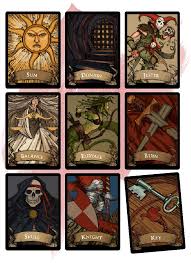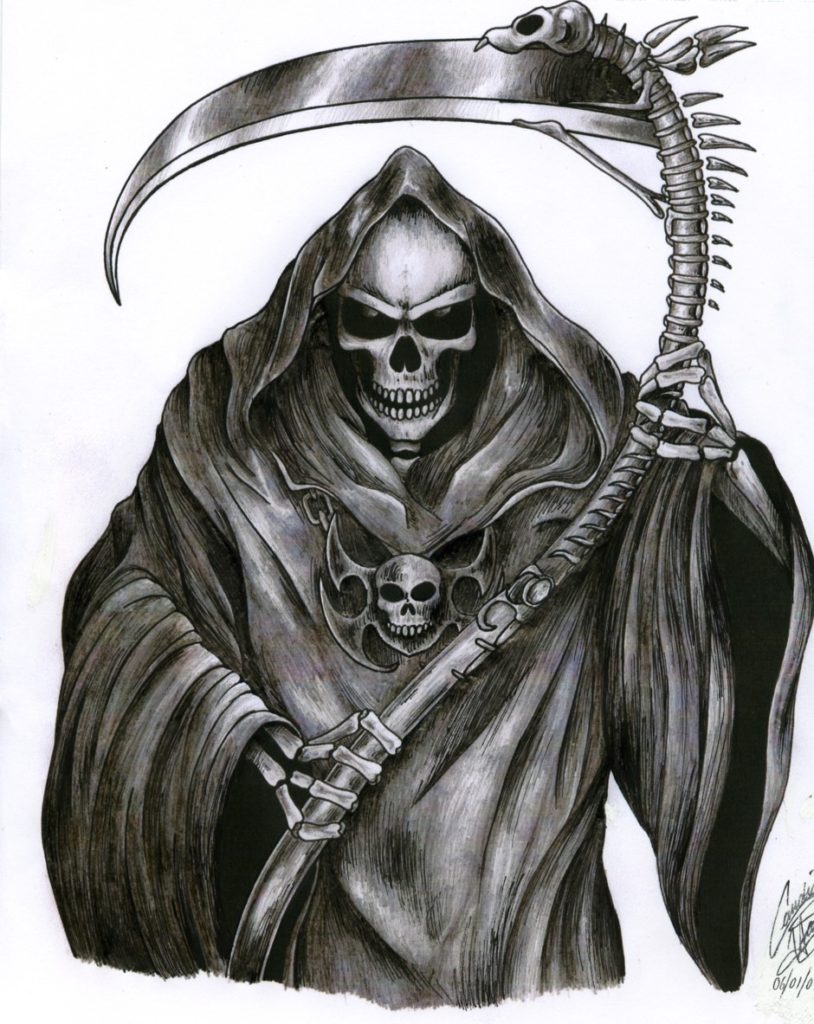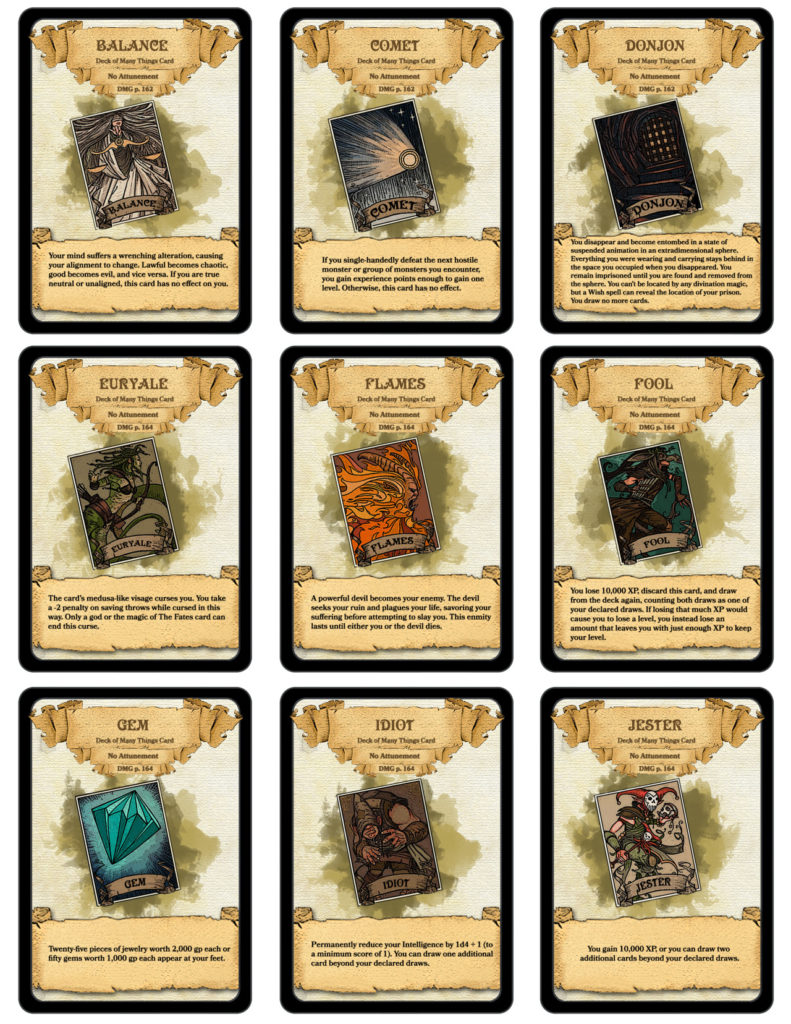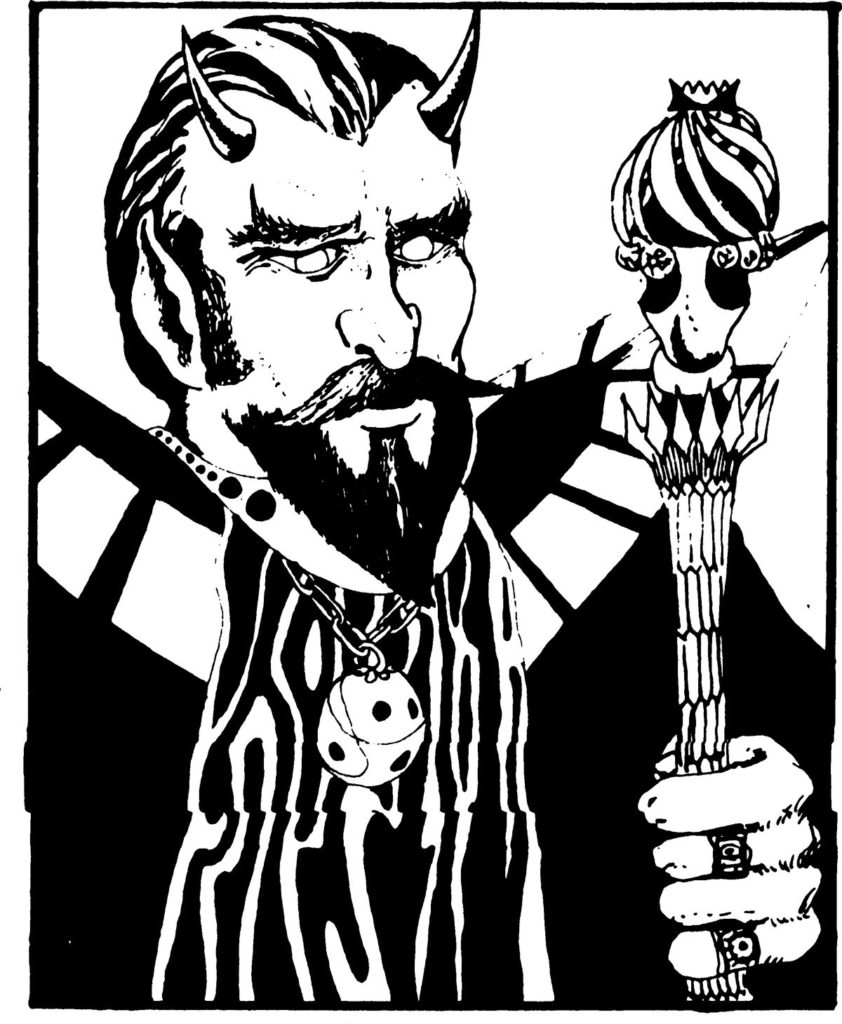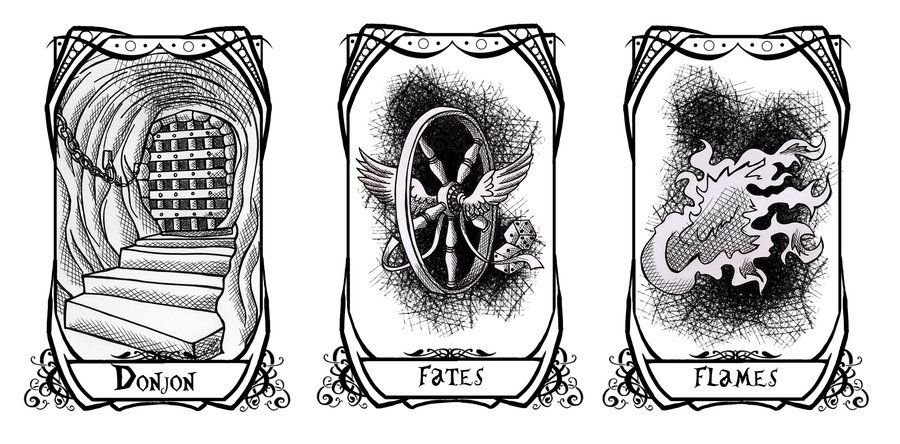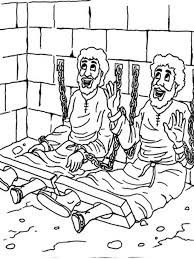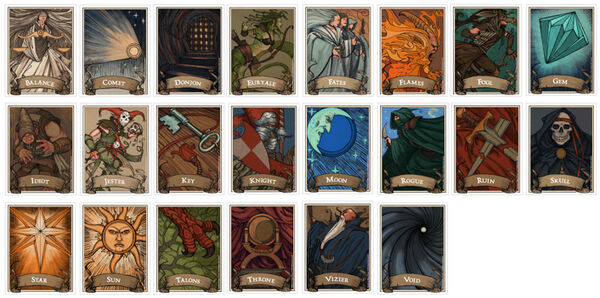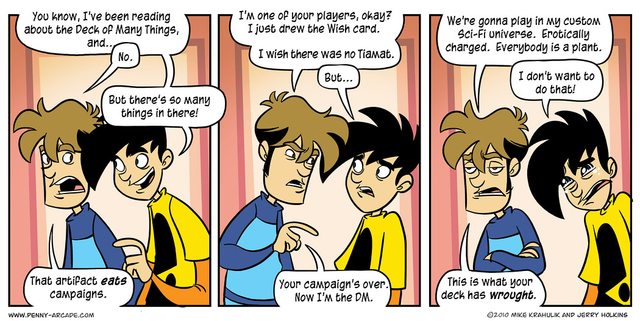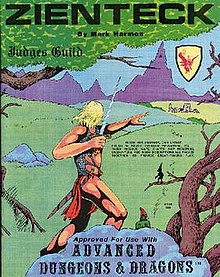Pharaoh is the first adventure in the Desert of Desolation series. It is written by Tracy and Laura Hickman. The adventure is written for use with Advanced Dungeons and Dragons and was published by TSR in 1982. Pharaoh is 34 pages long including the covers and maps.
This particular adventure has an Egyptian theme. In particular, the god Amun-Re, figures prominently in the story line. There have been several Egyptian themed adventures for Dungeons and Dragons over the years. It is a popular pantheon to use as an adventure theme. Sometimes it works out well. Other times it does not.
The adventurers begin this adventure surrounded by a large group of soldiers. One of the leaders of this band reads a decree from the local ruler of this barren wasteland which basically hijacks the players and forces them on a mission. They are to chase down some raiders who seem to have fled to a nearby desert to escape justice.
The adventure is written for characters of 5th to 7th levels of experience.
What I like about Pharoah
I like the idea of using various ability checks with a D20. I use them in my own games from time to time. Generally I use a harder method of rolling 4D6 under an ability score but it really depends upon how difficult I want a check to be. Ability checks have obviously become a more important part of the game with later editions. But in AD&D 1st edition no such system was offered. Many DMs home brewed such systems into their games for things that could not be anticipated.
It is a desert adventure. These are fairly uncommon in the catalog of adventures for AD&D. Eventually, of course, it ends up underground. But there are wilderness elements to the adventure.
There is boxed text with this adventure. Fortunately it is brief. And it is not filled with the stilted speech you often see with such text.
What I do not like about Pharoah
When I saw that this was written by the same authors as Ravenloft I thought that this could be another gem. Unfortunately….it is not a gem. Not at all. I am not a fan of this adventure for a number of reasons.
If you have read my previous reviews, or any of my own adventures, then you know that I love using tricks (as defined in the DMG on page 216. I use them in most of my adventures. And there are always a few in just about every TSR or Judges Guild adventure. So I know that I am not alone in loving these. The problem in this adventure is, believe it or not, there are just too many of them. They are in every room just about. In some cases there are more than one in a room. They are hardly confounding or surprising when you encounter one every ten feet.
I do not especially like hijacking players and forcing them on a mission. This is too railroady for my tastes. This alone is enough to immediately turn me off from an adventure. I realize that this sort of fiction is used in a few other notable tourney modules but this is not one of those. I can live with it in a tourney module because the players do not have a lot of time to discuss what they would like to do.
I do not like the format of the room descriptions. Early on the adventure tells you that encounter rooms will follow a format that has bold headings of Play, Monster, Trick/Trap, etc. I do not really dig the idea of the module telling me in each encounter how to play it.
There is a lot of lore and writings on walls and such in the dungeons. This is shown with a different font to make it obvious to the dungeon master. They picked something Egyptian looking (I guess). Unfortunately it is not easy to read.
A whole lot of the monsters in this adventure are repetitive and boring. Right off the bat there are many rooms with dervishes in them to fight. Yes some are variants. But still….that gets a little boring quickly. Later on though it does start giving you some new and more interesting encounters.
Would I recommend Pharoah to others?
If you are looking for an Egyptian themed adventure this one might be right up your alley. But I have seen a few better ones out there. So I think I would shop around a bit before settling on this one. I know that one of my readers was interested in the Desert of Desolation series and wanted me to review this one. So I read it. I have not yet read through the other two modules so I cannot say with certainty that I would not like either of those. I might. We will see.
Would I run Pharoah with my own group?
I probably would not. I think that there are better adventures for characters of this level range and I would choose them before this one.


